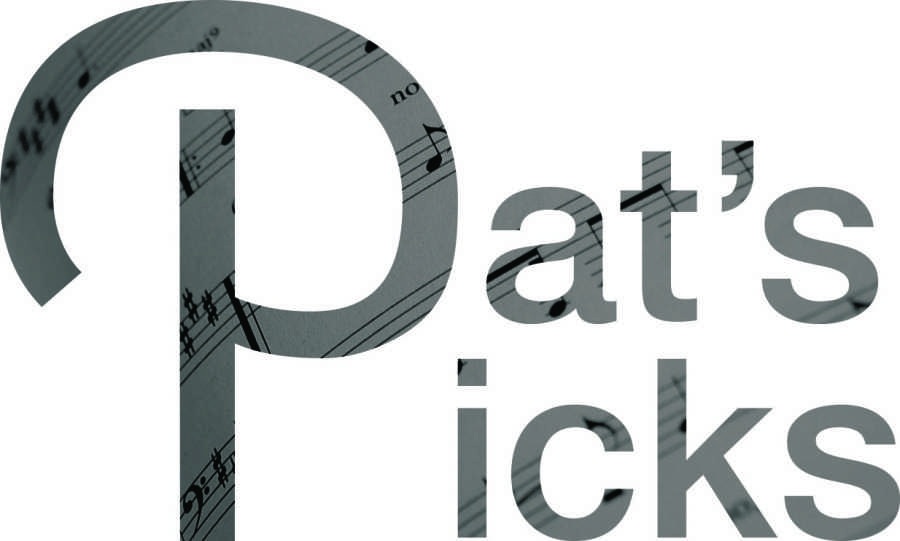Pat’s Picks: Kendrick Lamar changes his sound; scores another classic
Photo credit/ Katlynn Whitaker
March 22, 2015
This Monday, Kendrick Lamar released his second major studio album, “To Pimp a Butterfly,” on iTunes and Spotify a little more than a week earlier than was expected. While Billboard is now reporting that the early release was actually a mistake on the part of Interscope Records, I figured I’d take advantage of the mistake to spin it.
And boy, I’m glad I did.
From the very first track, Kendrick makes it clear that he wouldn’t be trying to imitate the West Coast hip hop sounds found on his previous album, “good kid, m.A.A.d city” and instead looks to more recent hip hop and R&B releases for inspiration, such as Flying Lotus’s “You’re Dead!” and D’Angelo’s “Black Messiah.”
Gone are the beats pulled from an N.W.A. or 2Pac song, replaced with a production style that favors live, jazzy instrumentation over samples and drum machines.
What is here to stay, though, is Kendrick’s absolutely vicious, complex rapping technique. It’s clear from Kendrick’s flow that he has a “bone to pick” with much of society, as he says in the song “King Kunta,” and much of that anger comes from the racial divide that has been on many Americans’ minds lately. This can especially be seen on songs like “The Blacker the Berry,” “i,” “Mortal Man,” and, of course, the previously-mentioned “King Kunta.”
Speaking of “i,” Kendrick totally reworks and expands this single that was previously released last fall for the album release. Not to spoil too much, but I can’t think of any other song that differs so greatly between the single version and the album version. Those who worried about the pop-friendly “i” not fitting in with the darker single “The Blacker the Berry” will have their fears quelled as soon as the song starts.
It’s no secret that this is one of the most anticipated albums of 2015, and I was worried about it living up to the hype. Kendrick made a lot of brave choices on this album: with the exception of “i,” “To Pimp a Butterfly” doesn’t have a single radio-friendly song, unlike “good kid, m.A.A.d city,” which spawned a few top 40 hits.
But by forgoing radio success, Kendrick created an absolutely beautiful album, combining stunning production with gut-wrenching lyrics and spoken-word poetry. The outcome doesn’t just live up to the hype; it blows it out of the water. I’m giving “To Pimp a Butterfly” a well-deserved 5 out of 5.
Contact the writer:
[email protected]





